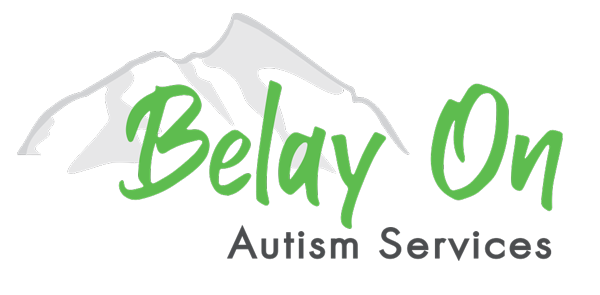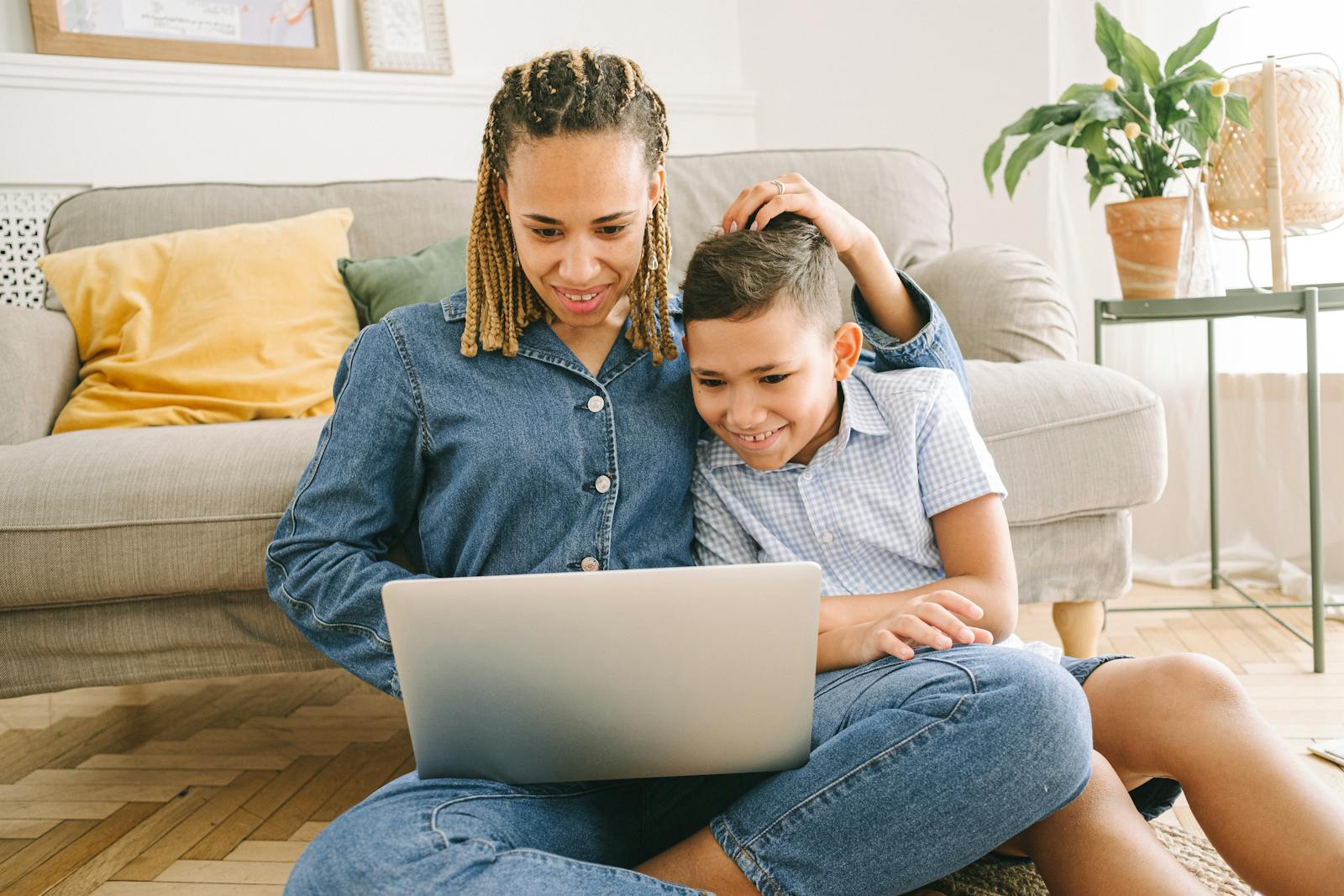Click here to read a short summary of this post.
Starting ABA therapy? Make it a positive experience for your kiddo! Introduce it slowly, make them comfy with the therapist and place, keep a routine, use lots of praise, and talk to the therapist. Be patient, every child’s different, and focus on the good stuff! ABA can help your child learn and grow!
Getting started with ABA therapy is a big step for both you and your child. In the long run, it will be a positive and rewarding experience, but it’s natural for caretakers and children to feel a little apprehensive about new situations. We’ve put together a helpful guide aimed at helping you prepare your child for ABA therapy.
Key Takeaways for How to prepare your child for ABA therapy:
Introduce it slowly: Talk about therapy in a positive way, use books/videos, and role-play.
Get familiar: Meet the therapist beforehand and visit the therapy center if possible.
Routine is key: Consistent schedule, prepare your child for what to expect, and give transition warnings.
Positive vibes: Lots of praise, rewards, and focus on their strengths.
Talk to the therapist: Share info about your child and work together!
1. Introduce the Idea of ABA Therapy Gradually
When introducing the idea of ABA therapy to your child, use positive language and frame it as a fun, helpful activity. Talk the same way about therapy as you would about learning new games or skills.
Avoid presenting it as a punishment or consequence for unwanted behavior. Consider exploring books or videos together that introduce the concept of therapy in a child-friendly way. You can also roleplay with your child, taking turns being the therapist and the kiddo, to help them understand what to expect during sessions.
Gently introducing the idea of ABA to your child and easing them into the idea can help their first real session seem less scary.
2. Familiarize Your Child with the Therapist and Therapy Environment
One of the major advantages to in-home ABA therapy, like the therapy provided by Belay On, is that your child will be in a familiar and comfortable environment. This can help them adjust to the idea of ABA therapy more easily. We’d recommend going a step further and pre-selecting an area of the home that the child is super comfortable in. Keep in mind that you child will need to stay focused on their therapist though, so avoid distracting environments.
If you are pursing in-center therapy, try to swing by the center ahead of your first appointment. This will familiarize the routine with your child before therapy starts.
Remember that the first few sessions will focus on building rapport and getting to know your child, creating a positive and comfortable foundation for future therapy sessions. You may want to remind your child that is what will be going on the first few times they meet their therapists.
3. Establish a Routine
While the demands of life and clinic schedules don’t always allow for it, try your best to maintain a consistent schedule. Consistency is one of the main contributors of success in ABA therapy. Keeping sessions scheduled to the same times or days of the week can provide predictability and stability for your child.
It’s also a good idea to give your child reminders or transition queues as therapy sessions approach. For example, you can give your child a heads up before the therapist arrives by saying “[Therapist’s Name] will be here to see you in five minutes.”
4. Use Positive Reinforcement
Positive reinforcement plays an important role in your child’s ABA therapy journey. Take time to let your child know how proud of them you are! Praise their efforts and progress with verbal praise, high fives, small rewards, or trinkets to keep them motivated.
Focusing on their strengths and accomplishments can go a long way in building confidence. Even the smallest victories deserve to be celebrated! Positive feedback and reinforcement will help foster a sense of accomplishment in your child and encourage them to keep making progress.
5. Communicate with the Therapist
Open communication with your child’s therapists is crucial for successful ABA therapy. Don’t be afraid to ask questions about the therapy process or your child’s progress. Also be sure to share your child’s interests, sensitivities, preferences, and tendencies. This valuable information helps therapists interact with your child more successfully, and collaboration goes a long way in creating a consistent and supportive approach to therapy for your child.
Wrapping Up: Things to Remember
Patience is your most valuable resource. It will take time for your child to adjust to ABA therapy. Using the five tips mentioned in this article can help ease the transition into therapy, but try to be understanding throughout the process.
Keep in mind that every kiddo is different. What works for one child may not work for another, so be flexible and adaptive in your approach, and avoid playing the comparison game with other children or families.
Above all, focus on the positive! ABA will be a valuable tool in helping your child learn new skills and reach their full potential. Focus on the positive outcomes and celebrate your child’s success and progress!
FAQs About Preparing Your Child for ABA Therapy
What is ABA therapy, and how can I explain it to my child?
ABA therapy stands for Applied Behavior Analysis. It’s a type of therapy that helps children learn new skills and reduce challenging behaviors. When explaining it to your child, use positive language and compare it to fun activities like learning a new game or skill.
How can I help my child feel comfortable with the therapist and the therapy environment?
If you’re receiving in-home ABA therapy, like the services offered by Belay On Autism Services, your child already has the advantage of being in a familiar environment. You can further prepare them with roleplaying games to introduce the roles of “therapist” and “kiddo”. If you’re going to a therapy center, try to visit before the first session or show your child pictures of the center. Remember, the initial sessions focus on building a relationship, so it’s more about getting to know each other.
What's the best way to establish a routine for ABA therapy?
Consistency is key! Try to schedule therapy sessions at the same time each day or week to create predictability for your child. You can also prepare your child by giving them a heads-up before the therapist arrives, like, “[Therapist’s name] will be here to see you in five minutes!”
How can I use positive reinforcement to support my child during ABA therapy?
Positive reinforcement is a powerful tool! Use praise, small rewards, or even a token system to motivate your child and acknowledge their efforts and progress. Focus on their strengths and celebrate even small achievements to build their confidence and keep them engaged.
How important is communication with the therapist during ABA therapy?
Open communication with your child’s therapist is essential. Share information about your child’s interests, preferences, and any sensitivities they may have. Don’t hesitate to ask questions about the therapy process or your child’s progress. By working together, you and the therapist can create a consistent and supportive approach that helps your child thrive.
Who is Belay On?
We are a North Texas Autism Services company, providing the best standards of care to children in our community that have been diagnosed with autism. Principally Applied Behavior Analysis, or ABA is the bedrock of our in home services.

